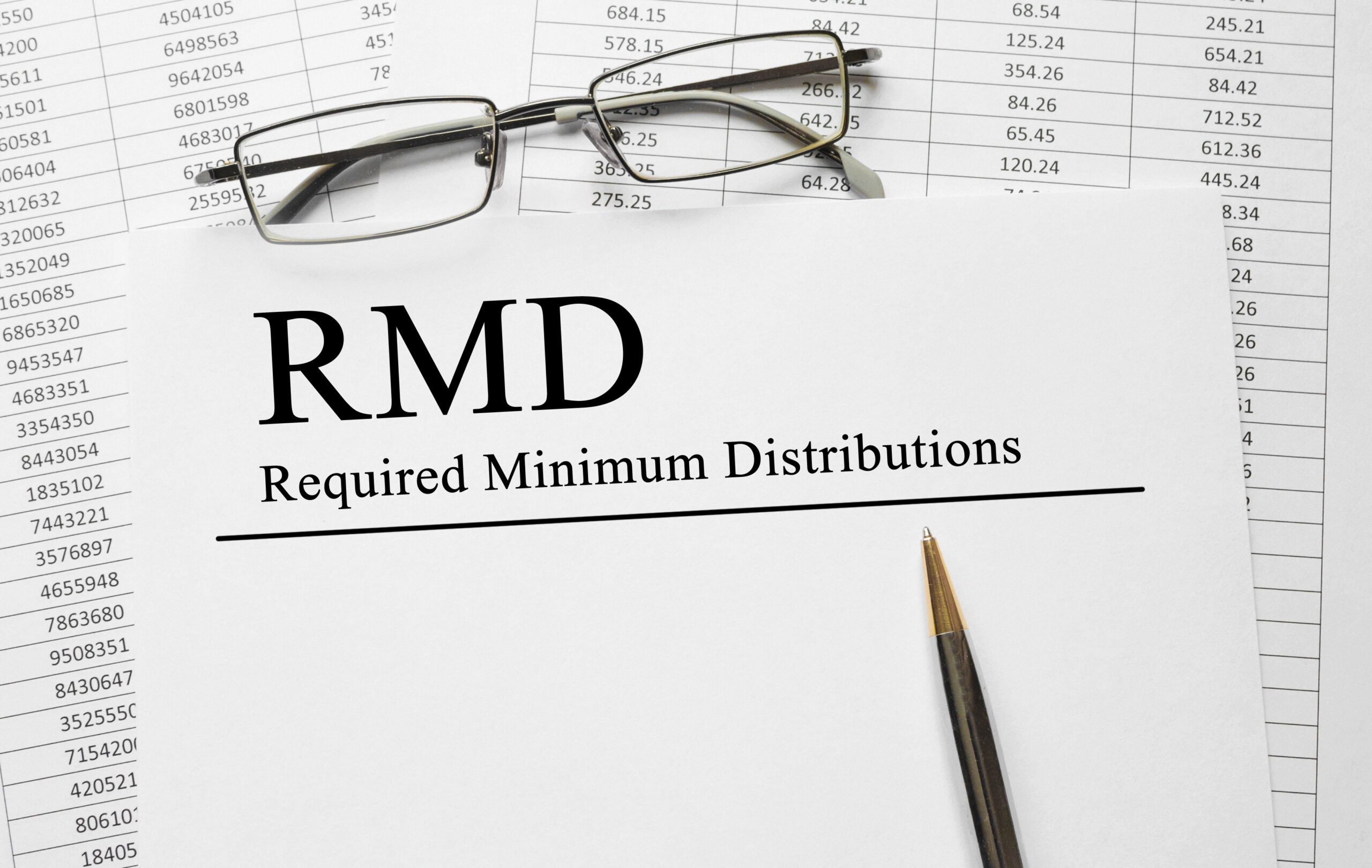Small Business Lines of Credit
Is there a way for small business owners to get the loans they need to fund operations or growth while having terms that offer the accessibility their business credit card offers?
What is a line of credit?
A line of credit is like a pool of money that a bank or lender says you can borrow from whenever you need, up to a specific limit. You can take some cash out and put it back, like borrowing and repaying, as long as you don’t exceed the agreed limits.
Whenever you get a loan, there is often an underwriting process, which is just checking to see the odds that you’ll be able to repay them. The underwriting process is faster than other loans, which can look like getting access to the desired funds within 45-60 days, depending on who you get it from.
They only charge you for opening the line of credit and the money you use. The fee to open the line of credit varies but averages around 0.5-1% of the total loan limit. Once the money is pulled for use, you are usually charged interest that looks smaller for big businesses and larger for small ones.
You can use it for every day costs or extra money for new projects. It’s like a credit card that charges less interest, is more flexible, and allows you to build your business’s credit history.
Once you open one, you are usually limited to the amount of time you have access to the funds, looking anywhere from months to years. Once the term expires, loans taken need to have principal returned to the bank, or the bank converts your line of credit into an actual business loan. If you want to extend your term, you can pay another 0.5-1% fee you paid in the beginning to open the line of credit.
Depending on your financial situation, some lines of credit require you to promise something valuable, like the business building, to guarantee you’ll repay them if you use the money.
Small business owners open three of the most common line of credit types: Working Capital Line of Credit, Home Equity Line of Credit, and Small Business Administration (SBA) Line of Credit.
Working Capital Line of Credit
A working capital line of credit is like a financial safety net for businesses that helps them manage their day-to-day money needs during slow seasons. To get this safety net, businesses often need to offer something valuable, such as a promise to repay the borrowed money. This useful thing is called “collateral.”
Some businesses use their unpaid billing, known as accounts receivable, as collateral. Others might use their inventory, like the things they have in stock. If a business owns machines or equipment, these can also be used as collateral. Sometimes, the business property, like a shop or office, can be used as collateral.
But not all businesses need to give collateral to open this line of credit. Some lenders might trust the business’s reputation and financial history enough to provide them with a line of credit without collateral. Instead, they look at the business owner’s creditworthiness or financial situation.
One of the downsides of opening this type is that it can be tough to open this line of credit type if you are still unprofitable. The underwriting is fast, but the bank will want to ensure you’ll pay them back.
Interest rates are also not permanently fixed. This means that you can be required to pay back a lot more in interest if interest rates rise dramatically like they have over the past two years.
Lastly, having a lot of funds being used through the line of credit can temporarily make the business balance sheet look bad because of the extra debt. However, the balance sheet is only looked at when trying to get more loans or sell the business.
Home Equity Line of Credit (HELOC)
Suppose you want the line of credit but don’t want to pay higher interest rates, can’t get access because of unprofitability, or don’t temporarily want to add debt to the business balance sheet. In that case, you can use a HELOC on your home or any investment properties you own to be the backing.
Most of the homes you may own, though, still have mortgages you’re paying on them. Because of this, you can usually only get around 90% of the home you own as your maximum limit. For example, if you own a $500,000 house and have $300,000 paid off, you can get a line of credit for usually a max of $270,000.
Again, this cash has the freedom to be used for any need or want in your business.
The benefits of the HELOC are interest rates are generally lower than other lines of credit. The underwriting process is easy to pass because they only examine the property being put down as collateral(not the business), making it available to business owners who are unprofitable.
The biggest downside is that your home risks being taken away if not paid back on time.
Small Business Administration (SBA) Line of Credit
For those who aren’t profitable enough for a Working Capital Line of Credit and don’t want to put their home down as collateral for a HELOC, the Small Business Administration (SBA) Line of Credit may be the perfect fit.
The Small Business Administration (SBA) exists to help small business owners by providing support and resources to help them succeed. It can help business owners get a line of credit by guaranteeing loans made by approved lenders, which reduces the risk for the lender and makes it easier for business owners to access financing. This means that even if a business owner has a poor credit history, the SBA’s support can increase their chances of getting a line of credit to grow their business.
The downside of an SBA line of credit is that the application process can be lengthy and involve a lot of paperwork, which can be frustrating for some business owners. Additionally, strict eligibility requirements may exist, and not all businesses will qualify. Lastly, the approval and disbursement process might take longer compared to other financing types, which can be a drawback when businesses need funds quickly. Instead of getting access to funds in 2 months, it can take as long as 6 to 12 months.
Summary:
Line of credit is a like a business credit card but has cheaper interest rates. It has an upfront fee to get access to a limit. Once borrowed, there is interest that’s applied. Principal is returned at the end of agreed term.
Three Types:
Working Capital Line of Credit is using aspects of business as collateral to get access to funds. This is hard for those who aren’t profitable to get approved for.
Home Equity Line of Credit (HELOC) allows you to get access to funds based on properties you own. It has cheaper interest and is easy to get approved for, but puts home at risk of being taken by bank if not paid back.
Small Business Administration (SBA) Line of Credit is loan backed by the government to increase odds of getting approved. This takes more paperwork and a longer wait, but is still a great option.
Similar Articles
Financial Planning
Retirement Income
Retirement Planning


